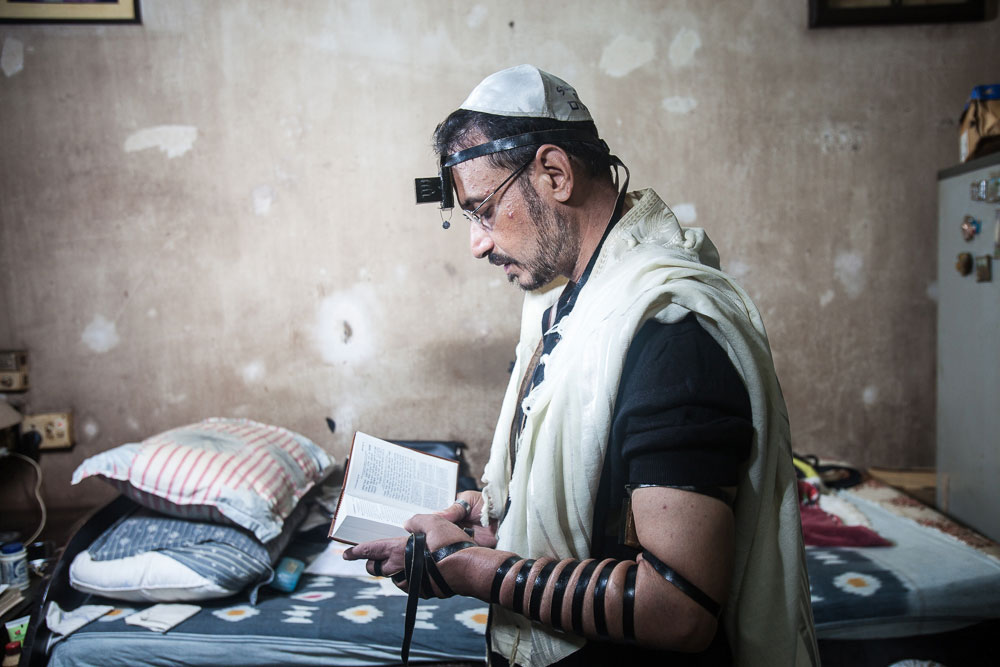
This article has been enhanced with interactive sound clips. To hear the voices of the surviving community members, click the phrases highlighted in red.
From the late eighteenth till the mid-twentieth century, there was
soundFile=http://time.com/wp-content/uploads/2015/04/jews-calcutta-master.mp3|
startPosition=68000|
endPosition=100000|
content=a thriving “Bagdadi” Jewish community in Calcutta. Jewish traders from the Middle East prospered in British India. Originally Judeo-Arab in identity, they attained a Judeo-British one. Calcutta Bagdadi Jews settled in a cosmopolitan urban environment, met no prejudice, and excelled in all spheres of endeavor. They played a key role in the city’s mercantile development, engaged in governance and civic affairs, built impressive synagogues, established schools, and constructed magnificent buildings. Though never more than 4,000 in number, the community was influential and thoroughly integrated in the fabric of Calcutta.
The 1940s were tumultuous years, when Baghdadi Jews from Burma, and many European Jews fleeing Nazi oppression found safe haven there. With independence, when Nehru proclaimed his Socialist leanings, some wealthy Jews became uncertain of their economic prospects in an “Indian India.” Many Jews opted to emigrate to the UK, US, Canada and Australia, and some to Israel. This rapid movement of people destabilized the tight-knit, religiously conservative community. By the 1960s, only 400 to 500 remained in Calcutta, making it difficult to sustain Jewish community life. Today, there are barely 20 left, many old and infirm.
My mother, soundFile=http://time.com/wp-content/uploads/2015/04/jews-calcutta-master.mp3|
startPosition=139000|
endPosition=179000|
content=Flower and I returned to Calcutta, five years ago. With Elisha Twena, Jo and Mordy Cohen, Danny David, and Ian Zachariah, we help administer community affairs. We maintain the three synagogues and cemetery, and supervise the schools. Shalom Israel, caretaker of the cemetery, soundFile=http://time.com/wp-content/uploads/2015/04/jews-calcutta-master.mp3|
startPosition=104000|
endPosition=137000|
content=left for Israel in October 2014. Though there has been no Jewish girl in the girls’ school since 1975, it provides quality education to neighborhood girls, mostly Muslims. Our synagogues are well taken care of by generations of Muslim caretakers.
I am documenting the community’s impact with the help of a Nehru Fulbright grant. Last year, I self-published The Man With Many Hats, a novel set in “Jewish Calcutta.” This year I launched a digital archive, Recalling Jewish Calcutta, in collaboration with the School of Cultural Texts and Records, Jadavpur University, Trinity College, Dublin and NUI, Maynooth.
The archive showcases the Jewish presence in Kolkata, illustrates its rich cultural and social life, and features the many significant contributions of this colorful community. While best known for its business acumen, the First Miss India was from our community. Jews starred in Bollywood and silent films, there was a globally renowned magician, a stalwart of India’s documentary film association, and a general in the Indian army who was later Governor of Goa and then Punjab. A Bagdadi Jewish woman was the first woman in India to file a case for women to be plaintiffs (1915), Jewish women defended women in purdah in the High Court, and were leaders in education, medicine and dentistry.
The archive at once celebrates the Jewish legacy and the city of Calcutta (Kolkata today). An example of multiculturalism at its best, the city and the community enriched each other and both flourished through this interaction: soundFile=http://time.com/wp-content/uploads/2015/04/jews-calcutta-master-02.mp3|
startPosition=180000|
endPosition=224000|
content=a model partnership in today’s increasingly intolerant world.
Jael Silliman is an Associate Professor of Women’s Studies at the University of Iowa and the author of the new book Jewish Portraits, Indian Frames: Women’s Narratives from a Diaspora of Hope published by Brandeis University Press, 2002.
Ashok Sinha was born in Calcutta (now Kolkata), India but lives and works as a photographer in New York City. He has founded the nonprofit Cartwheel Initiative that uses creative media to empower youth living in the aftermath of conflict and disaster. Follow him on Twitter @ashoksinhaphoto.
Mia Tramz is a Multimedia Editor for TIME.com. Follow her on Twitter @miatramz.


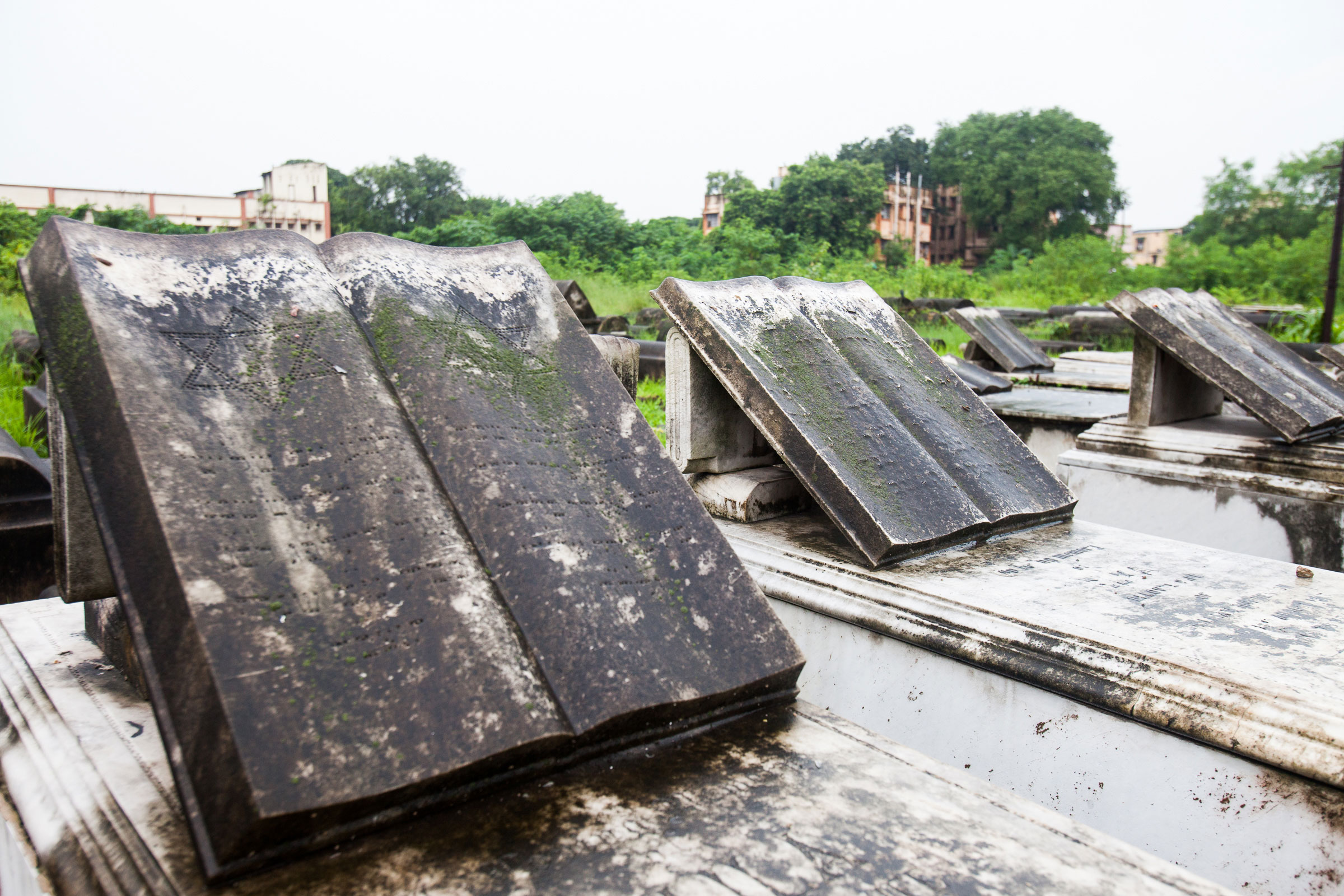
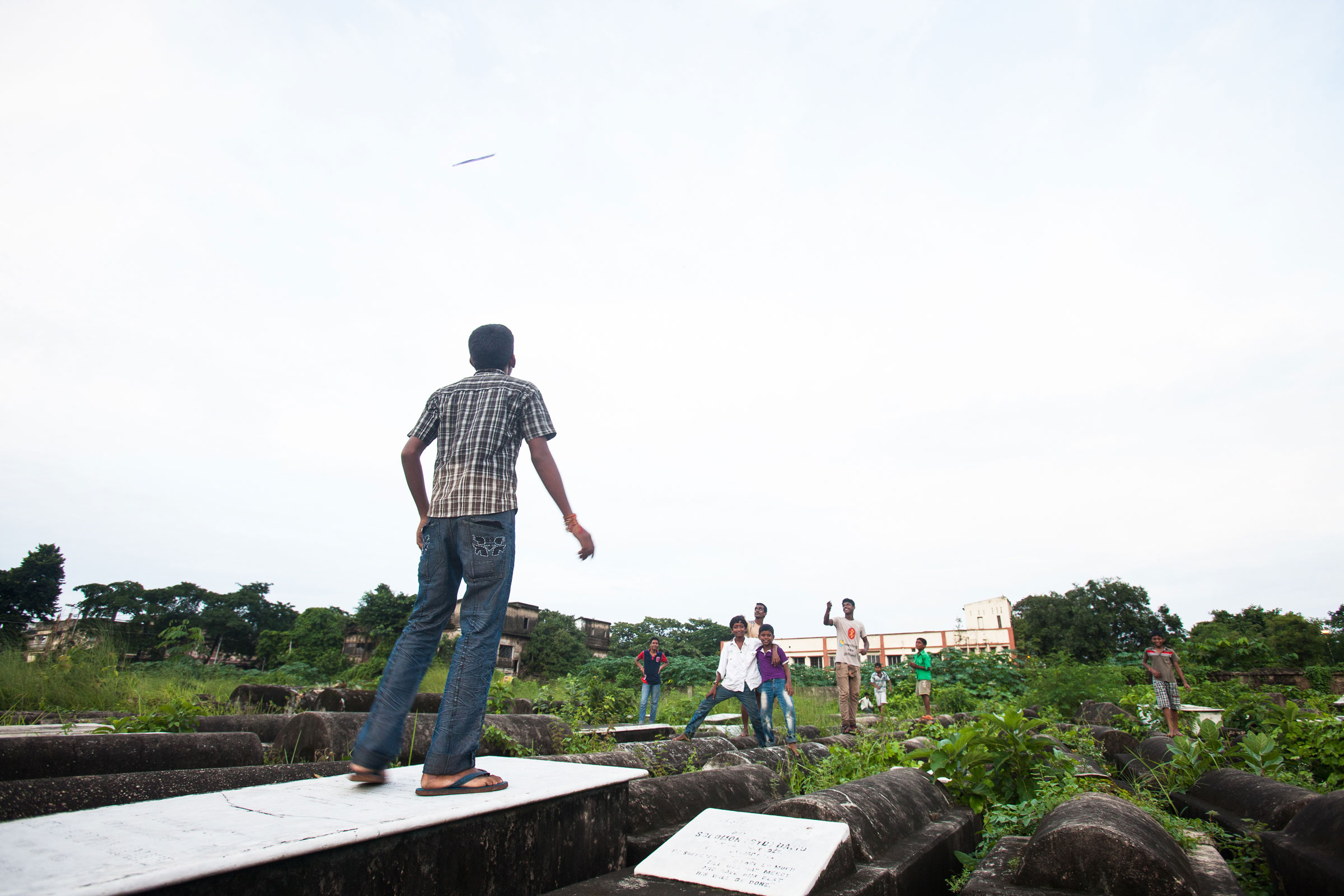
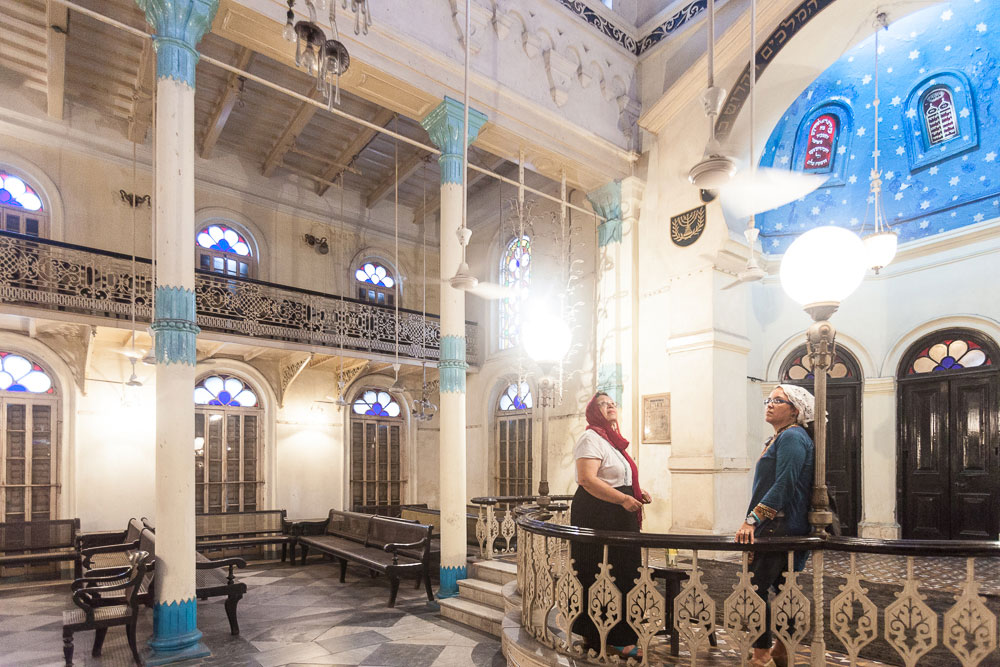
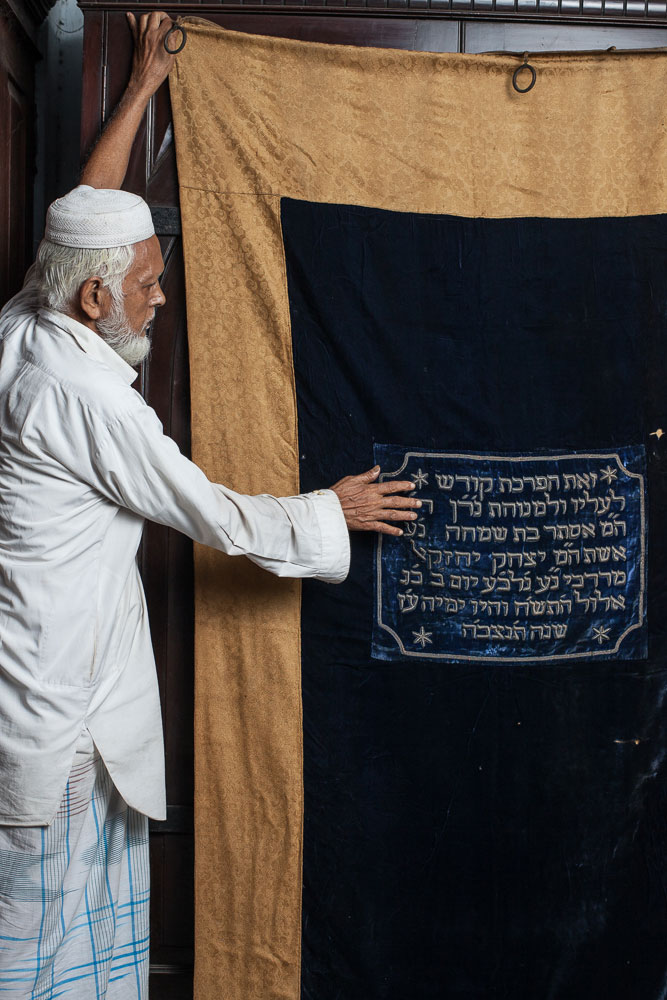

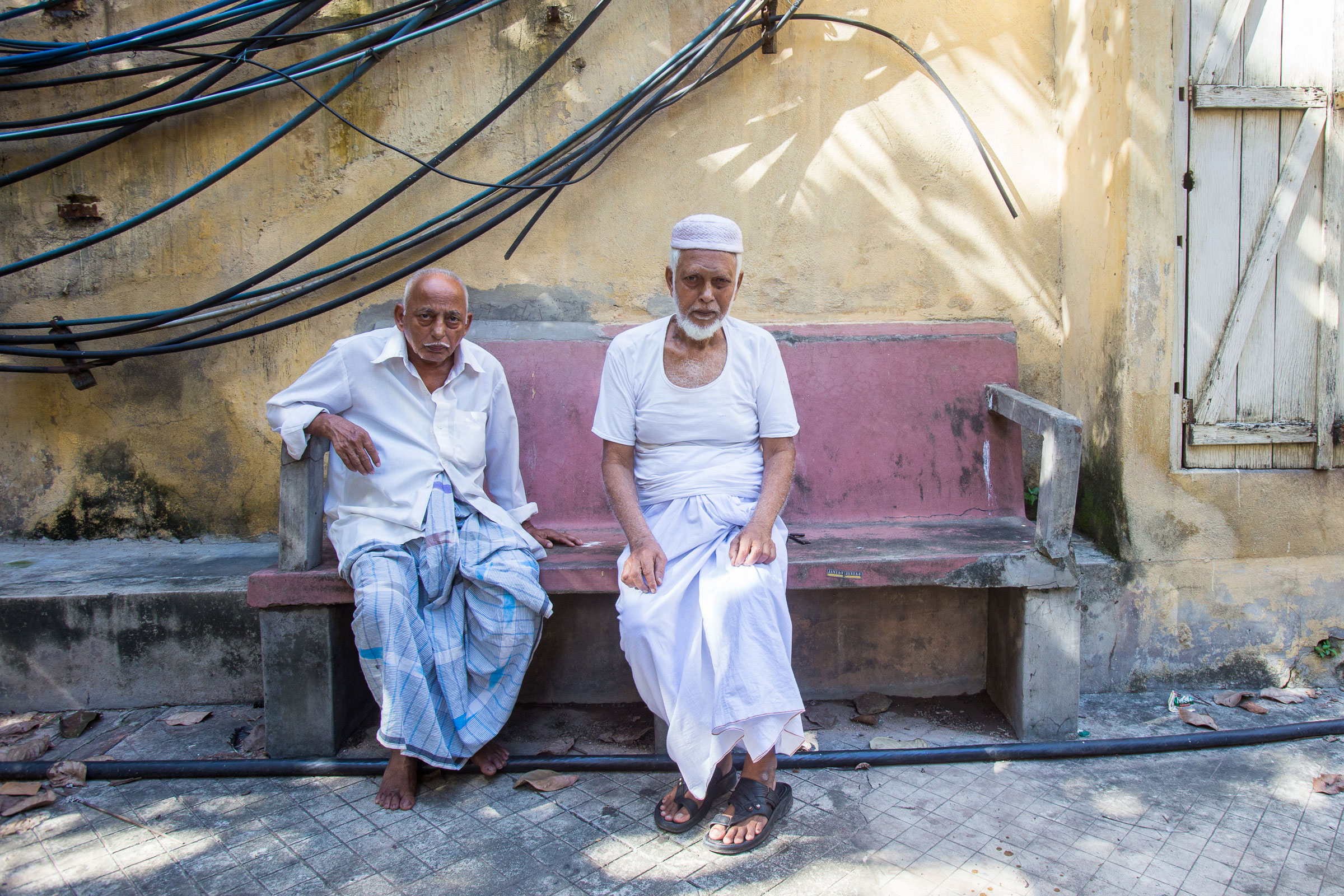

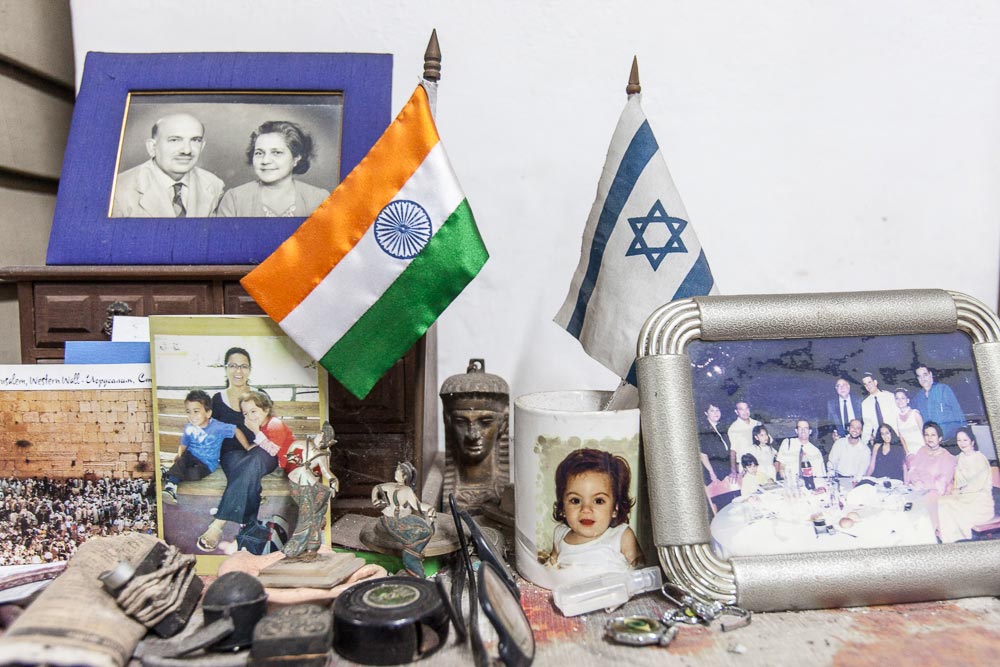




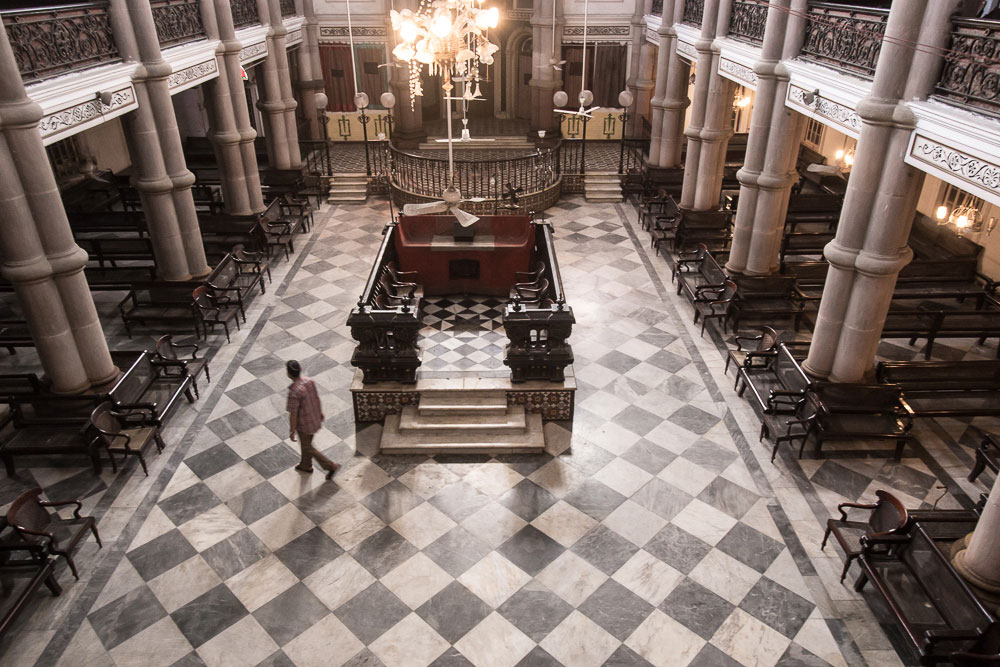
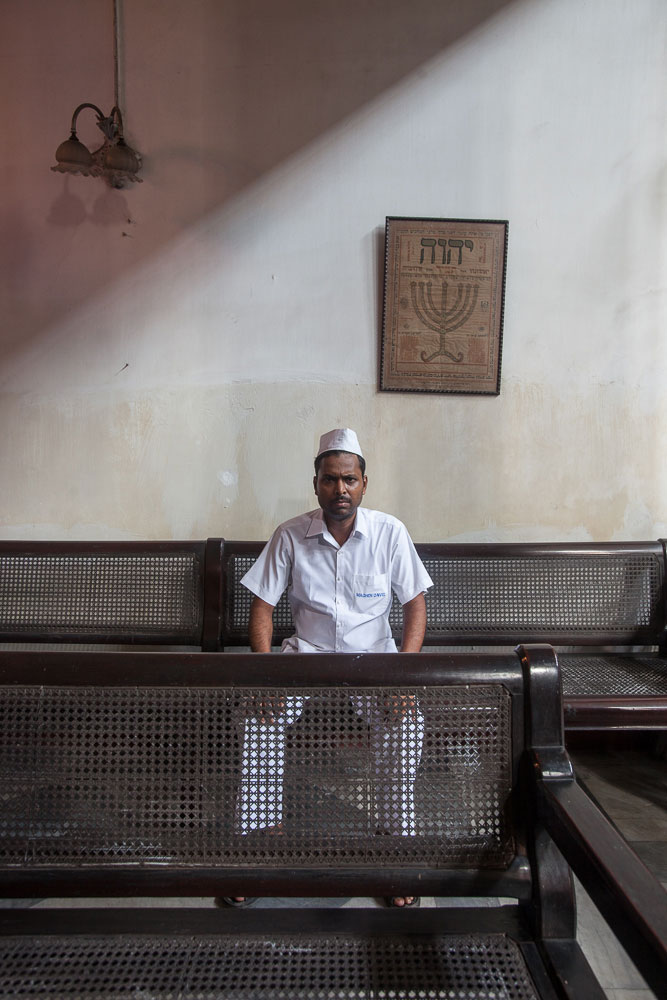
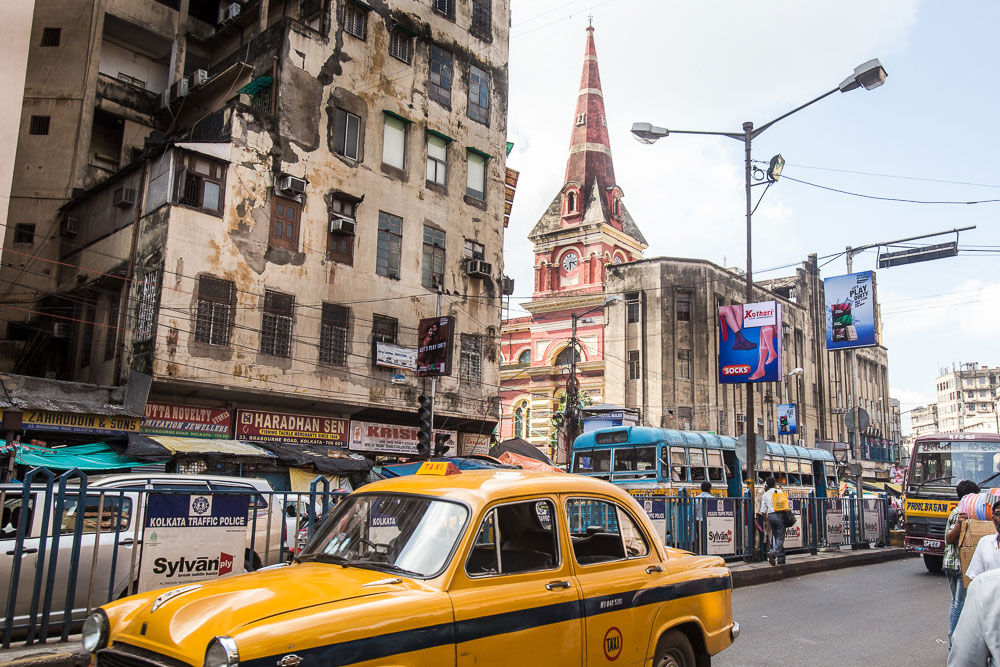
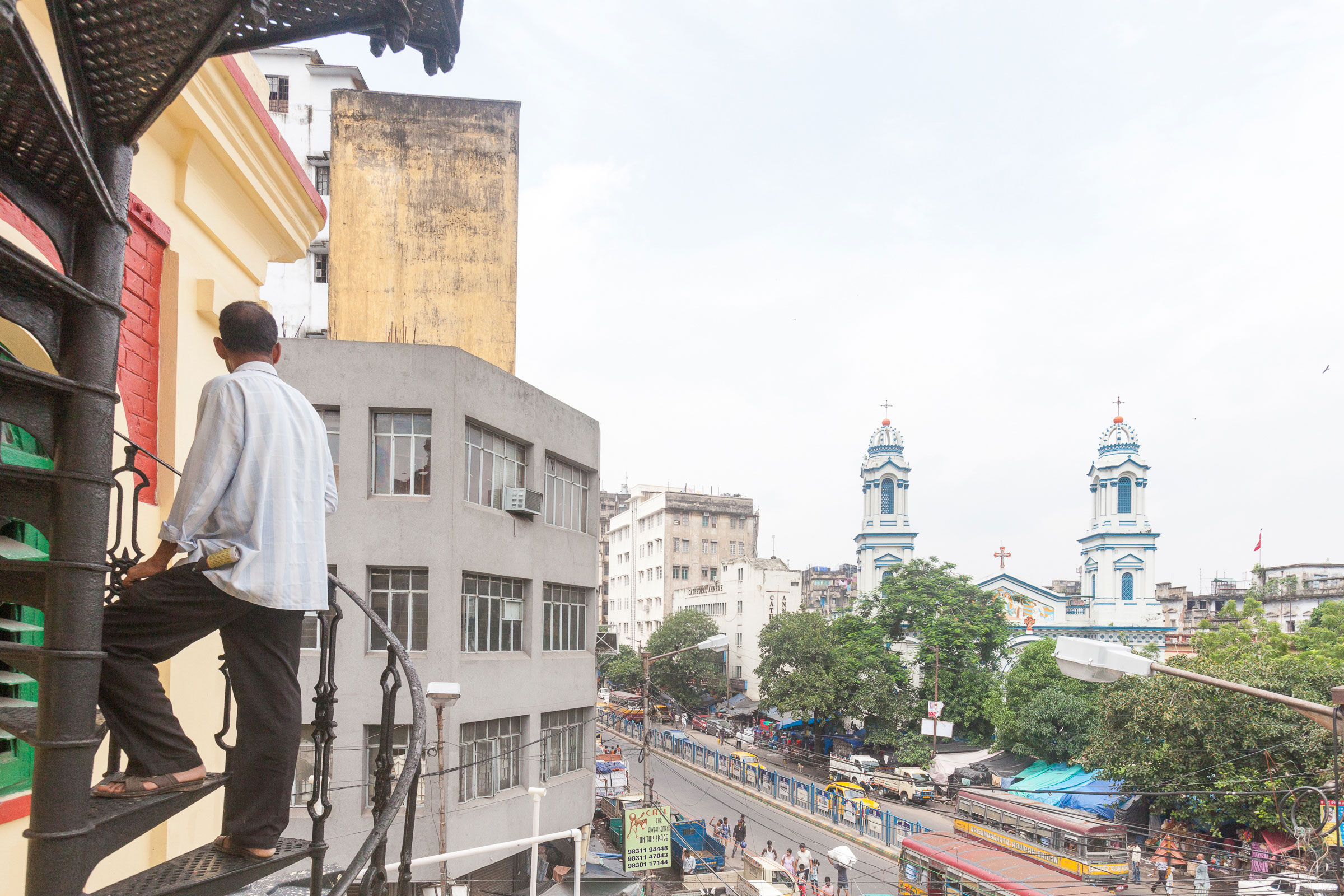


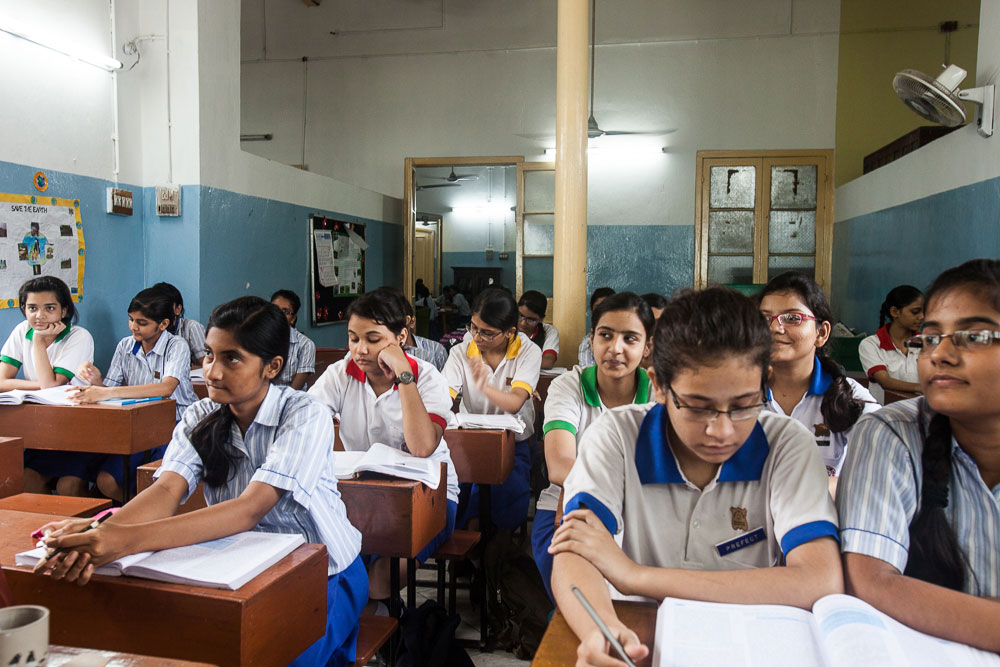

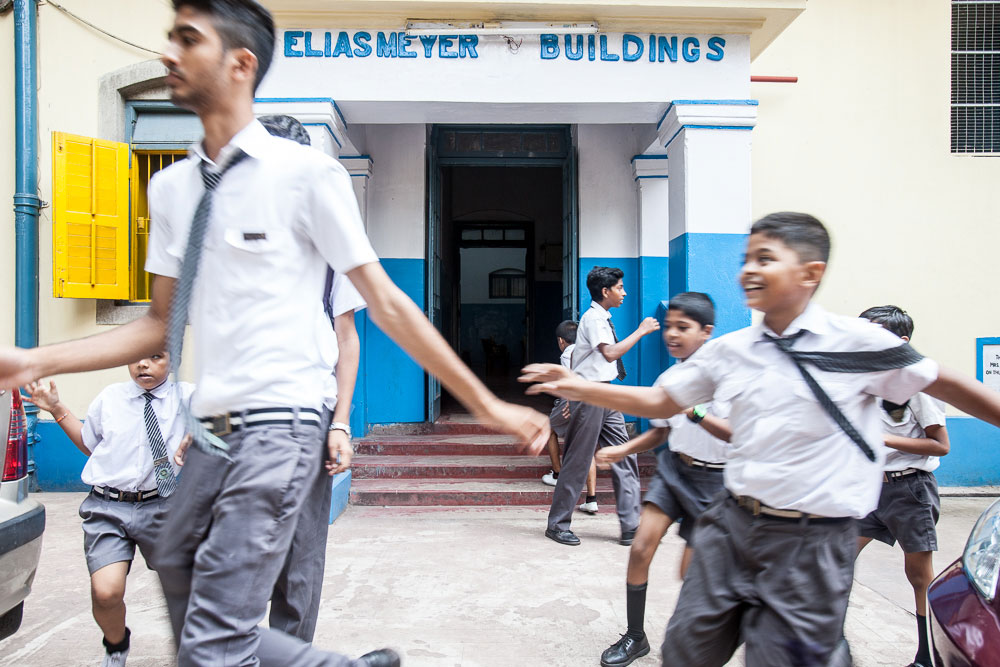
More Must-Reads from TIME
- Why Biden Dropped Out
- Ukraine’s Plan to Survive Trump
- The Rise of a New Kind of Parenting Guru
- The Chaos and Commotion of the RNC in Photos
- Why We All Have a Stake in Twisters’ Success
- 8 Eating Habits That Actually Improve Your Sleep
- Welcome to the Noah Lyles Olympics
- Get Our Paris Olympics Newsletter in Your Inbox
Write to Mia Tramz at mia.tramz@time.com